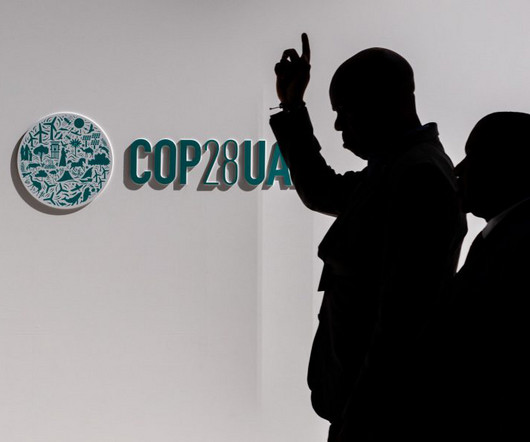The ESG Interview: Dancing into the Mainstream
Chris Hall
JULY 1, 2022
This is the assessment of Eric Usher, Head of the UN Environment Programme Finance Initiative (UNEP FI) which brings together the United Nations and the financial sector to develop responsible investment agendas. Fancy writes: “To fix our system and curb a growing [greenwashing] disaster, we need government to fix the rules.”.












Let's personalize your content